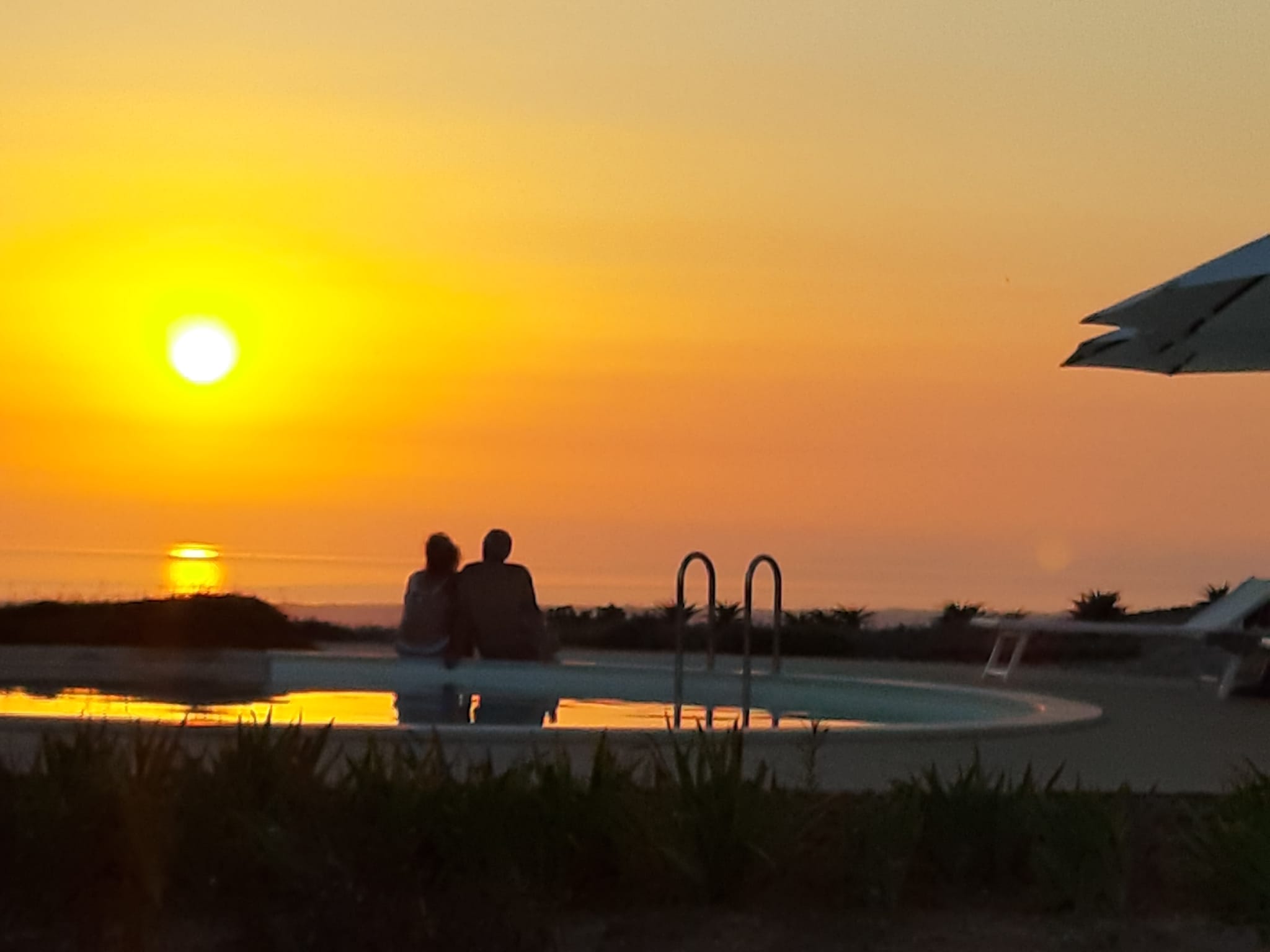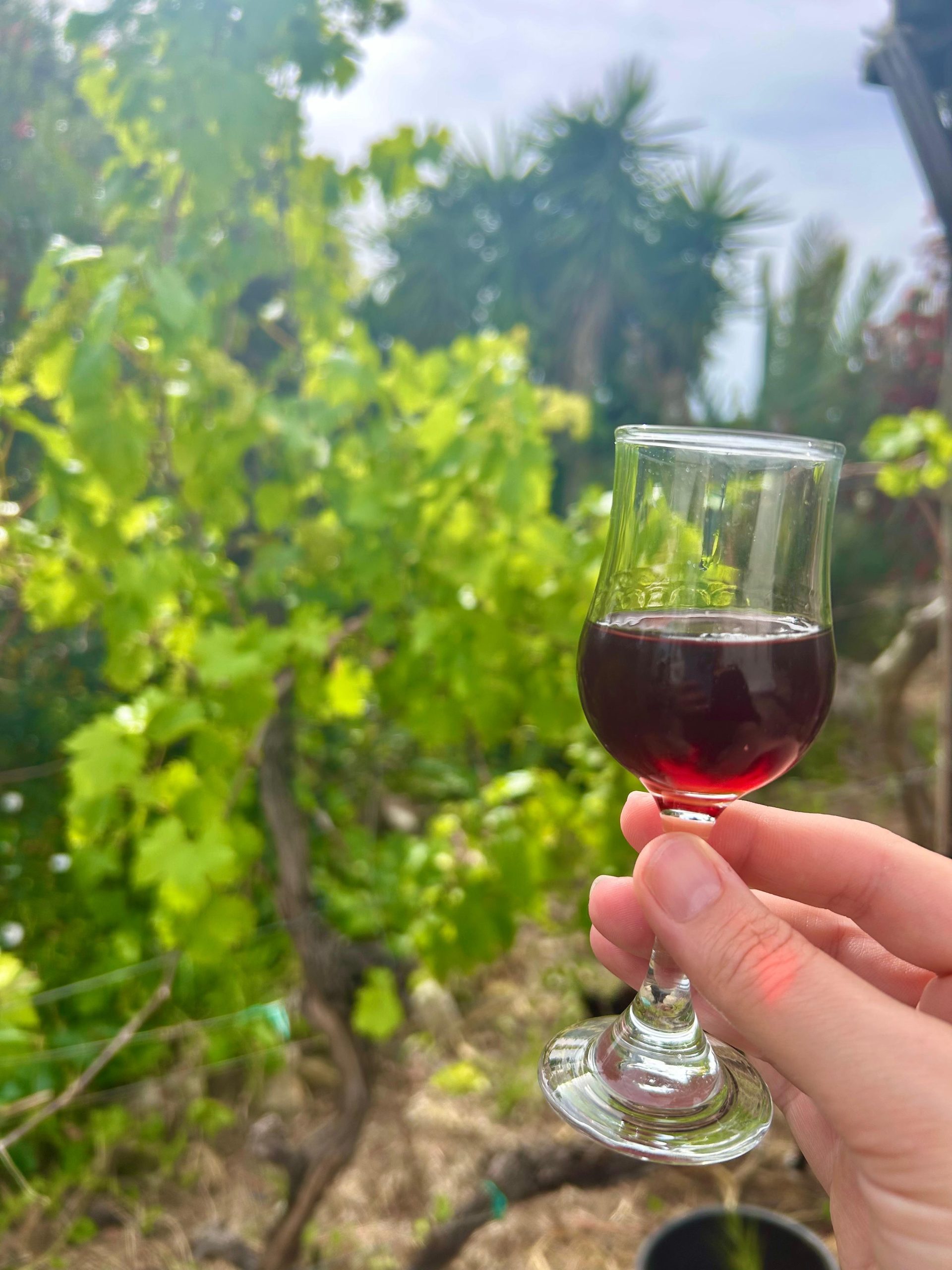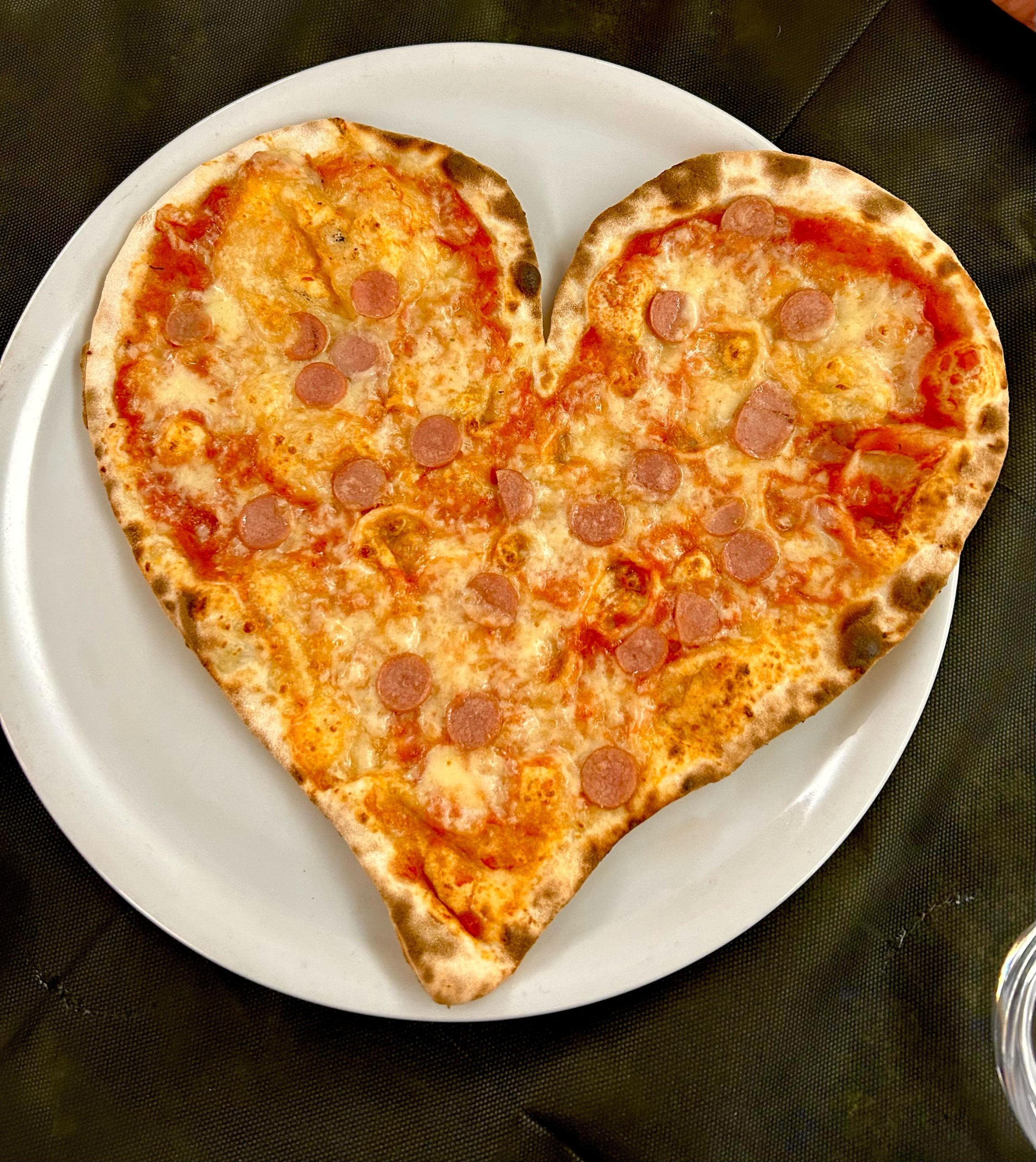An Italian coffee education – a history of Italian coffee
Posted on
Coffee was introduced to Italy from the Middle East through Venice, through trade between North Africa & Egypt with Italian businessmen. Venetian merchants sold this coffee to the very wealthiest in Venice, who paid handsomely to drink this exciting new beverage.

Coffee was considered a sinful drink and deemed and due to its rising popularity the Christian church deemed it a threat, even labeling it as the “devil beverage”. However, they couldn’t stem the tide, and in 1683, the first coffee shop was born. Named for the beverage that it served, the first caffee, or café, in Venice’s central Piazza San Marco opened.
According to legend Pope Clemente VIII when inspecting a coffee declared: “this Devil’s drink is so delicious, it would be a pity to let the infidels have exclusive use of it.” Thanks to the Pope’s approval, coffee spread throughout Italy in taverns and cafés.
Below is our guide to the coffees of Italy, so if you are enjoying one of our Italian holidays and are not sure which coffee to drink you can stay on the right side of Italian coffee etiquette:
• Caffé, or Espresso (Most Italians refer to an Expresso as simply un Caffé): Straight shot of coffee
• Cappuccino or Cappuccio: Coffee combined with steamed milk. This coffee is only taken at breakfast. (Added Fact! Cappuccino takes its name from the Capuchin monks with their brown robes and ring of brown hair, like the drink!)
• Caffe’ Americano: Not as strong as an espresso, very flavourful.
• Caffe’ Macchiato: An espresso with a dab of steamed milk (much less than a Cappuccino) and again only to be taken in the morning.
• Caffè Freddo or Cappuccino Freddo: iced espresso or cappuccino.
• Caffe’ Ristretto: Espresso with less water, stronger than regular espresso.
• Caffe’ Corretto: An espresso with an added shot of liquor.


